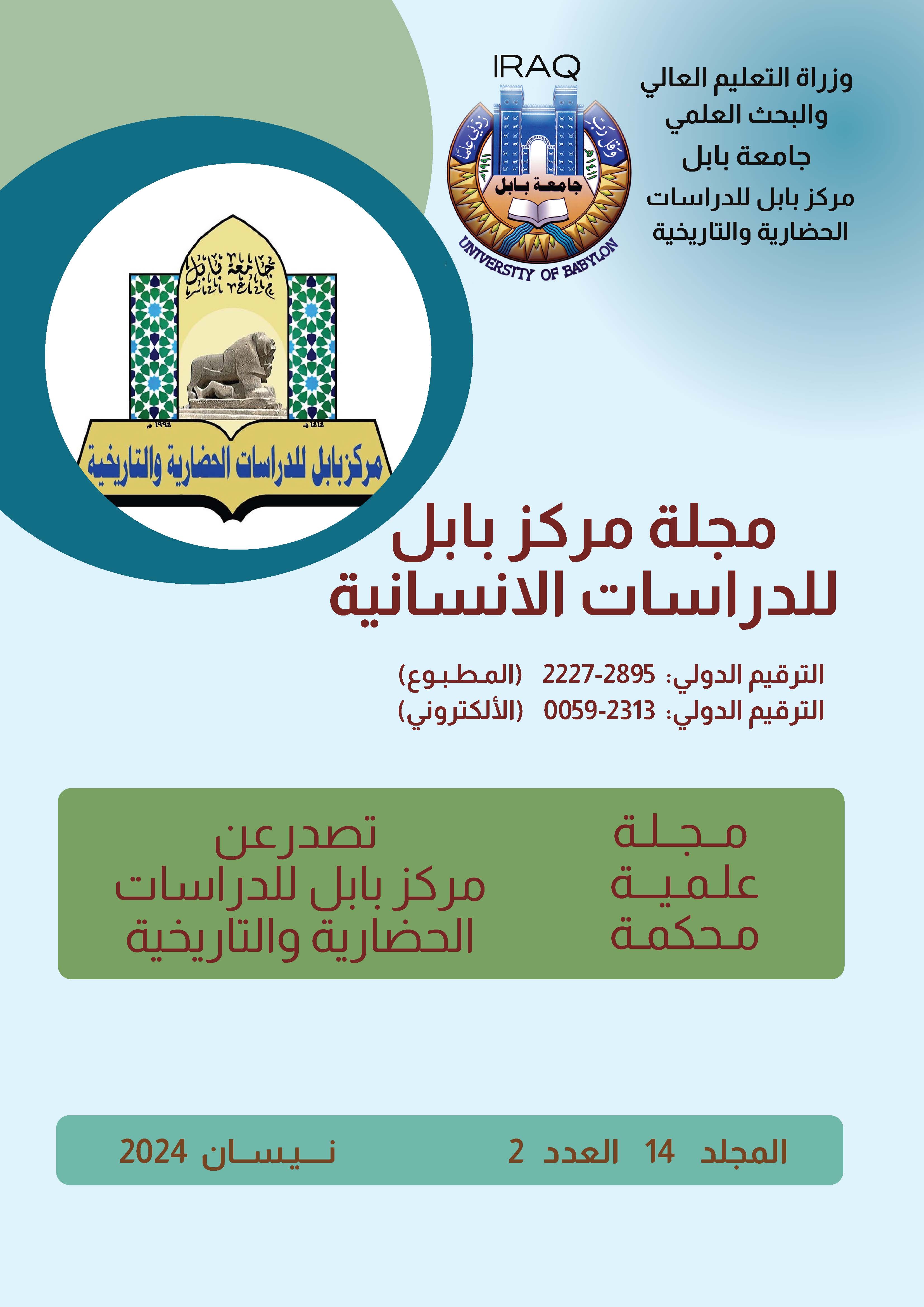Bab Mardûm Mosque in Toledo
Keywords:
Mosque - church - Mudéjar - arches - dome - apse - bricks - lobes - vaults - stone – cantileverAbstract
This mosque is considered one of the most important traces of religious architecture remaining in the city of Toledo, because the mosques that were present throughout the city have disappeared and only a few traces remain of them through which we cannot recognize the architectural style of the city of Toledo. Mosques, their roofing methods, and the types of decorations executed on them Bab Mardoum Mosque was given this name in reference to a door next to it that is still standing, known as Bab Mardoum, after the fall of the city in the year (478 AH / 1085 AD) and the mosque was converted into a church and was called Cristo de la Luz. Above the facade of the mosque is an inscriptional frieze that reads: In the name of God, the Most Gracious, the Most Merciful. Ahmed bin Hadidi built this mosque with his money seeking God’s reward, and it was completed with God’s help at the hands of Musa bin Ali and the construction was completed happily. It was completed in Muharram in the year three hundred and ninety.) This inscription consists of pieces of brick protruding on the facade of the mosque in a cornice located between two rows of protruding serrated cornices. The mosque is small, the length of each side not exceeding eight meters. It was built of granite stone and brick. It was a secondary mosque in the city after the recovery of Toledo. Alfonso VIII gave it to a religious association, and later a head in the form of an apse in the Mudéjar style was added to it from its northeastern side. The mosque consists of nine columns divided by four columns, on which twelve arches rest. Three arches open in the north-east of the mosque, leading to the foyer. Above them are six arches, with white and red colors alternating in their arches, according to the same arch system as the Grand Mosque of Cordoba. This facade has been exposed. It underwent several repairs, but the southwestern façade is the main one, overlooking the road leading to Bab Mardoum, with three other arches, at the top of which is the inscription we referred to, whose style is consistent with the Iraqi Abbasid building traditions. The doming system in the mosque is based on the intersection of the ribs that cross in different forms. The arches and vaults in the Toledo Mosque display an evolution of the domes of the Mosque of Cordoba. The difference between them is that the domes of the Toledo Mosque depict a decorative and architectural trend, which are what the people of Andalusia were passionate about. They did not think about the tremendous revolution that these innovations could lead to in the art of architecture, as did the artists of Gothic architecture who benefited from the idea of intersecting arches and the decorations executed on them Therefore, the Bab Mardoum Mosque is an important ideal model that illustrates to students of Mudéjar architecture the harmony between Islamic and Christian architecture after the wars of reconquest by the Spanish Christians, and a religious model that religious buildings would later follow.







